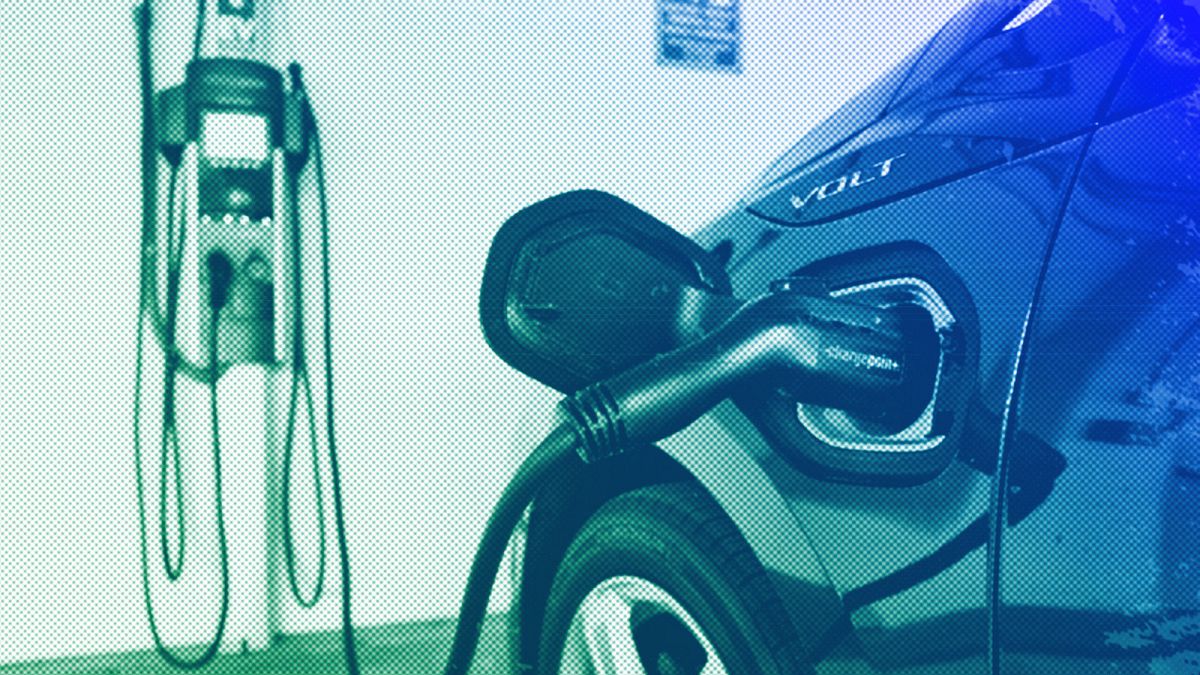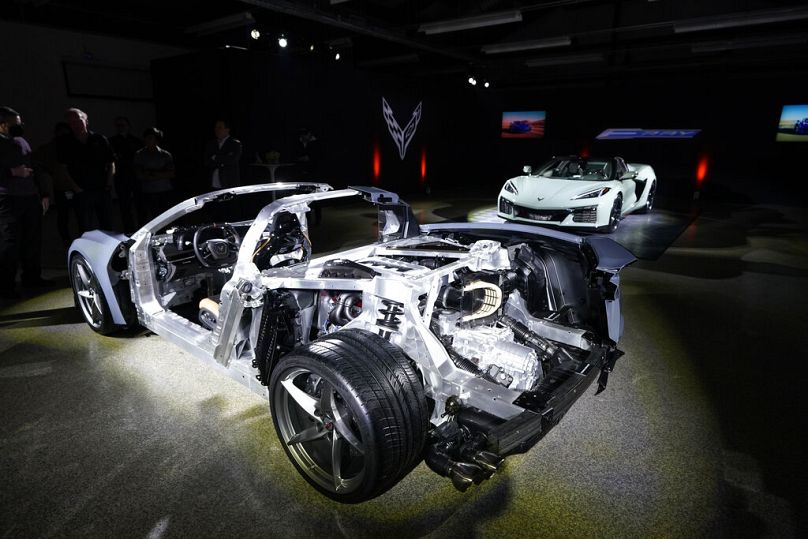25/06/2024 – 17:40 GMT+2
Instead of considering EVs and hybrids as competing solutions, we should recognise that they are complementary solutions for different problems, Patrice Haettel writes.
Regardless of what you think of the phrase “the customer is always right”, there is a key truth to it: customers are the ones who set consumption habits and trends. Nowhere is this fact more important to keep in mind than in today’s automotive sector.
As both governments and automakers seek solutions to the global challenge of decarbonised mobility at scale, they need to ensure they deliver options to consumers that are well-suited to consumer needs. There’s no one-size-fits-all approach to sustainable mobility.
In Europe, we’ve seen significant growth in adoption of electric vehicles (EVs) over the past several years. However, most recently, we’ve seen a significant and surprising trend at play: consumers flooding to hybrids en masse.
Just by April this year, hybrids have seen an astronomical surge in demand, with HEV sales rising by 33.1%. This completely outstripped all other vehicle categories, including EVs, whose sales rose by 14.8% in the same period.
According to data from the European Automobile Manufacturers’ Association, 35.9% of European new car registrations in April were either hybrid electric vehicles (HEVs) or plug-in hybrid electric vehicles (PHEVs).
By contrast, petrol-only cars made up only 36% of sales. This all suggests that hybrids are becoming a new standard mobility option for European consumers.
What explains this degree of demand for hybrid vehicles? In my opinion, it comes down to something embedded deep in the architecture of all hybrids: versatility.
The best of both worlds
EVs are undoubtedly part of the future. They offer consumers and fleets a sustainable, zero-emissions mode of transport, driving decarbonisation. And, at present, they are an ideal mobility solution for dense and urbanised environments.
EVs are ideal for the urbanised world because urban density provides the ideal scaffold for EV support infrastructure, such as charging points and grid access.
The reason why 85% of new EVs are sold in Western Europe and China is that the economic geography of these markets allows EV infrastructure to scale more easily, since most of the population lives in large, well-connected urban regions.
However, even in Europe, much of the continent does not possess this economic geography. Many Europeans live in rural regions or regularly travel outside of dense urban centres.
Then, there are those employed in primary sectors that largely operate outside urban areas, such as agriculture, mining, and energy.
Hybrids offer the best of both worlds to these Europeans: providing them with emissions-free transport within urban areas, while still allowing them to reliably travel to or work in areas where charging infrastructure may not be available.
This advantage becomes more obvious at the global level. In the rural world and the global south, the prospect of a fully-fledged EV infrastructure rollout is far in the distance — the scale of investment required is currently economically unviable.
As a result, regions like South America have seen little in the way of EV adoption: amid 3.1 million new passenger cars sold there in 2023, only 90,000 were EVs. In these regions, hybrids provide sustainable, low-emission, inclusive, and responsible mobility to enable critical economic connections.
To help achieve the global decarbonisation challenge, these regions are instead turning towards alternative fuel solutions.
In Brazil, for example, over 80% of new vehicles sold are powered by bioethanol and flex fuels. Other markets have built fuel innovation up as a central part of their sustainability roadmaps, with India rolling out a new 20% bioethanol fuel standard next year.
Versatility for the future
The versatility afforded by hybrid vehicles has driven their rapid adoption in Europe and beyond. Rather than it being a choice between combustion engine vehicles and EVs, hybrids are an alternative on the road to decarbonisation, offering solutions that support the pace of change and demand in the region.
Sustainable fuel innovation is enabling these hybrids to achieve near-identical carbon footprints to EVs across their lifespans.
Annual investments in fuel technologies like e-fuels, biofuels, and flex fuels total $51 billion (€47.6bn) worldwide: all these projects are predicated on the continued use of internal combustion engines (ICEs) and hybrids.
Along with building out its EV sector, the European industry stands to be the big winner from the rise of hybrids and sustainable fuel innovation.
Europe enjoys a wealth of knowledge and talent, which is a major comparative advantage for ICE and hybrid production.
This includes a world-class research ecosystem and hundreds of thousands of engineers and technicians with decades of experience in delivering world-leading ICEs.
Instead of considering EVs and hybrids as competing solutions, we should recognise that they are complementary solutions for different problems, helping us achieve the overarching decarbonisation goal.
Together, they can create new paths towards a more sustainable future for Europe and the planet.
Patrice Haettel is the Chief Executive Officer of HORSE Powertrain Solutions.
At Euronews, we believe all views matter. Contact us at [email protected] to send pitches or submissions and be part of the conversation.
















